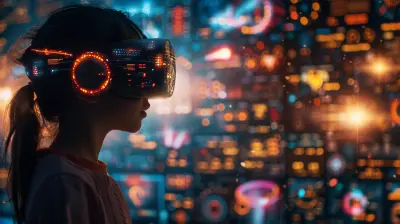Virtual Reality in Education: Immersive Learning for the Future
14 August 2025
Imagine stepping into ancient Rome, walking through the halls of the Colosseum, and engaging in a lesson on Roman history—all without ever leaving your classroom. Sounds like science fiction, right? Well, not anymore.
Welcome to the world of Virtual Reality (VR) in education—a game-changer in how we teach and how we learn. Whether you're a student, teacher, or curious lifelong learner, VR is reshaping the future of education in ways that are not only exciting but also deeply human-focused and transformative.
In this article, we're diving headfirst into the world of immersive learning. We'll unpack what virtual reality in education actually means, its benefits, challenges, and how it could very well be the spark that ignites a lifelong love of learning in the next generation.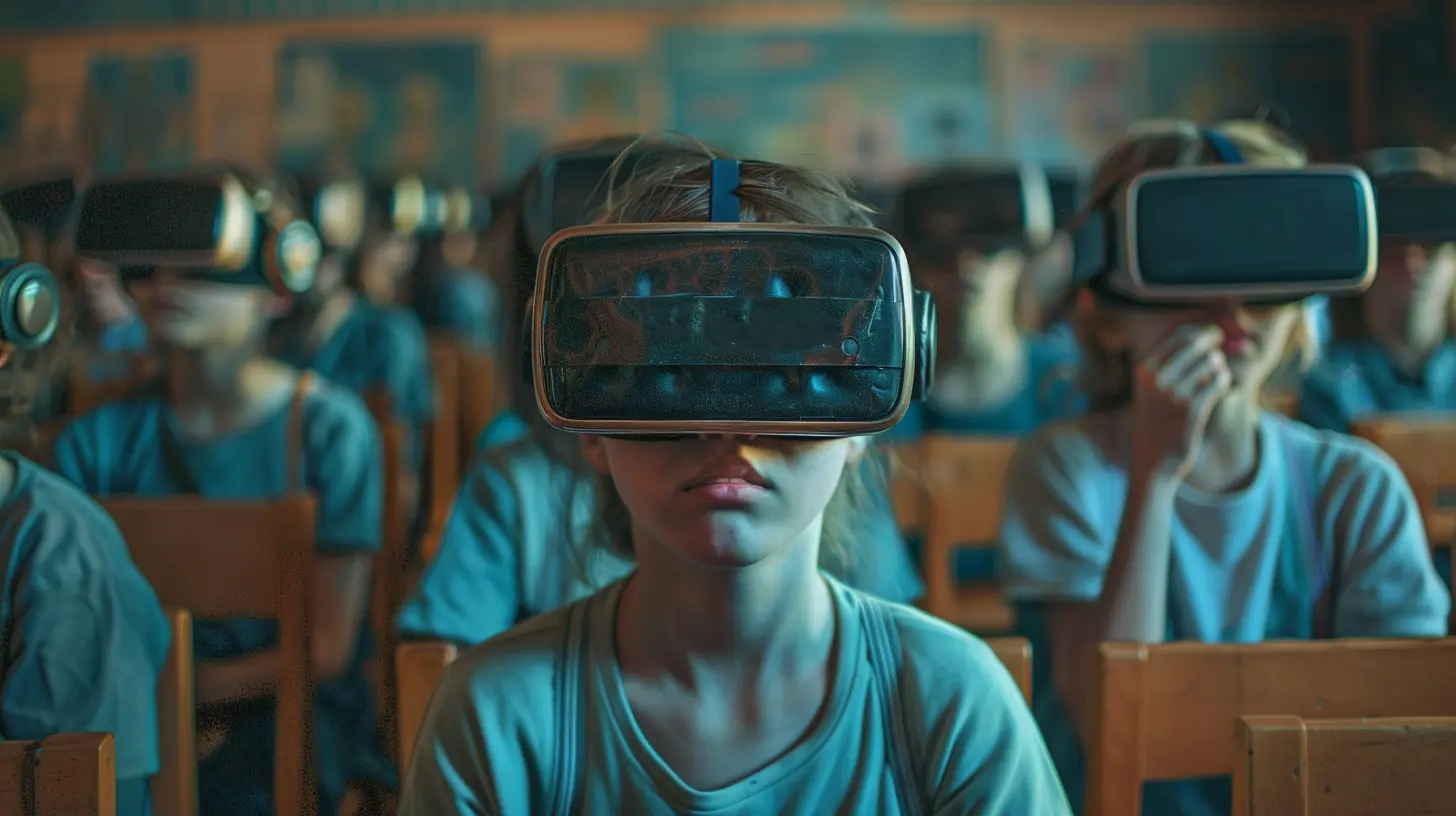
What Is Virtual Reality in Education?
Let’s start simple.Virtual Reality is a computer-generated simulation that lets you interact with 3D environments. When applied to education, it creates immersive, experiential learning environments that go way beyond textbooks and PowerPoint slides.
Through a VR headset, students can experience everything from walking on the moon to observing cellular activity in the human body. It's like teleportation... but scientifically accurate and classroom-approved.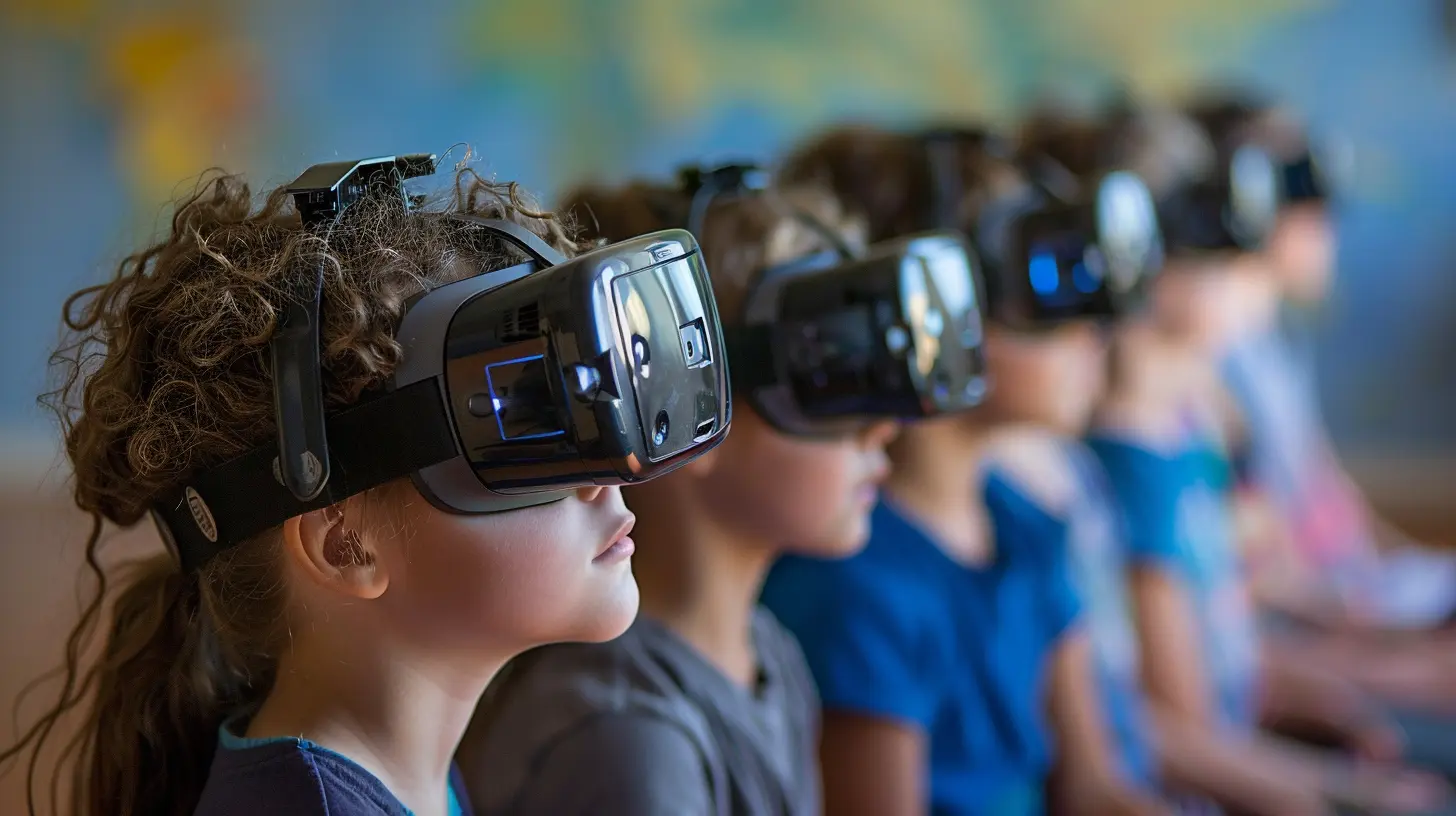
The Emotional Connection: Why Immersive Learning Matters
Think back to your own school days. What do you remember more—reading about historical events in a dusty book or watching a dramatic reenactment?Exactly.
VR offers that reenactment on steroids. It evokes emotions, stimulates curiosity, and deepens engagement. When students feel like they’re part of the subject matter, they’re more likely to retain information and feel connected to it. Instead of memorizing cold facts, they live the experience.
That emotional connection isn’t just a bonus—it’s the secret sauce of effective learning.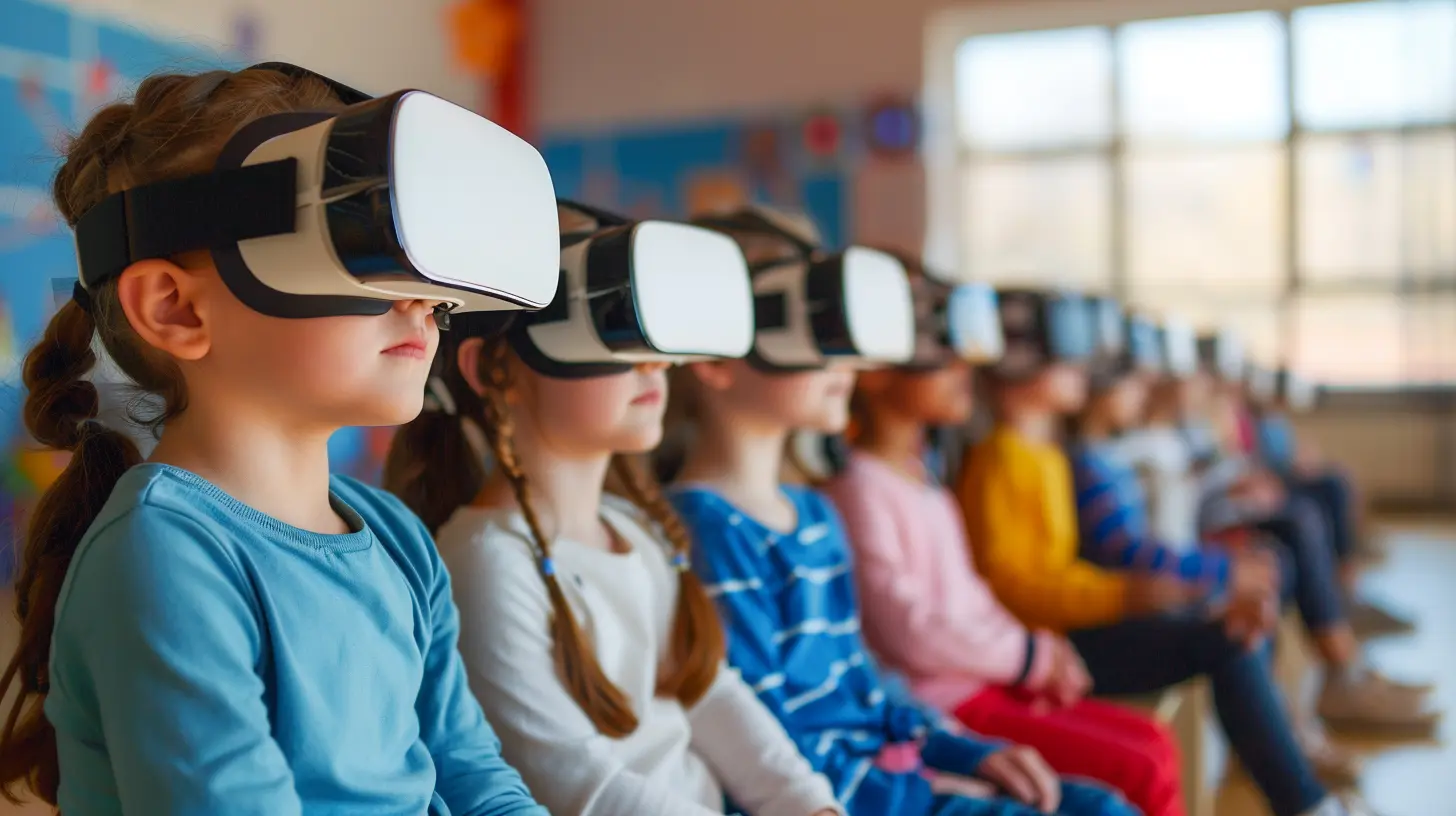
The Core Benefits of Virtual Reality in Education
1. 🚀 Boosts Engagement and Motivation
Let’s face it—traditional lectures can be boring. VR, on the other hand, offers interactivity that makes learning more like playing a game than attending a class. And you know what? That's not a bad thing.Gamified learning environments encourage participation, creativity, and critical thinking. Plus, students are naturally drawn to tech. If they’re excited to put on a VR headset, that’s one less barrier to learning.
2. 🌍 Provides Global Learning Opportunities
Ever wanted to visit the Great Wall of China? Or maybe dive into the Great Barrier Reef?Virtual field trips are a real thing with VR. It opens up the entire globe (and even outer space!) to students. Cultural exposure, language immersion, and even social studies become way more intriguing when you’re “there” in the VR world.
3. 🔁 Enables Safe Repetition and Practice
Skills-based learning—think surgery practice, lab experiments, or complex machinery training—can be dangerous or costly in the real world.VR changes that. Students can repeat procedures as many times as needed with zero risk and minimal cost. It’s like having a reset button for learning.
4. 🧠 Supports Different Learning Styles
Some of us learn best by reading, others by watching, and many through doing. VR makes multi-modal instruction easy. You can listen to instructions, watch scenarios unfold, and engage hands-on – all within one lesson.This makes VR incredibly inclusive and adaptive to individual student needs.
5. 🤝 Fosters Collaboration and Social Learning
Modern VR platforms allow group interactions. Students can work together on a biology dissection or solve a historical mystery in a simulated world. It’s like Zoom meetings, but way cooler and actually fun.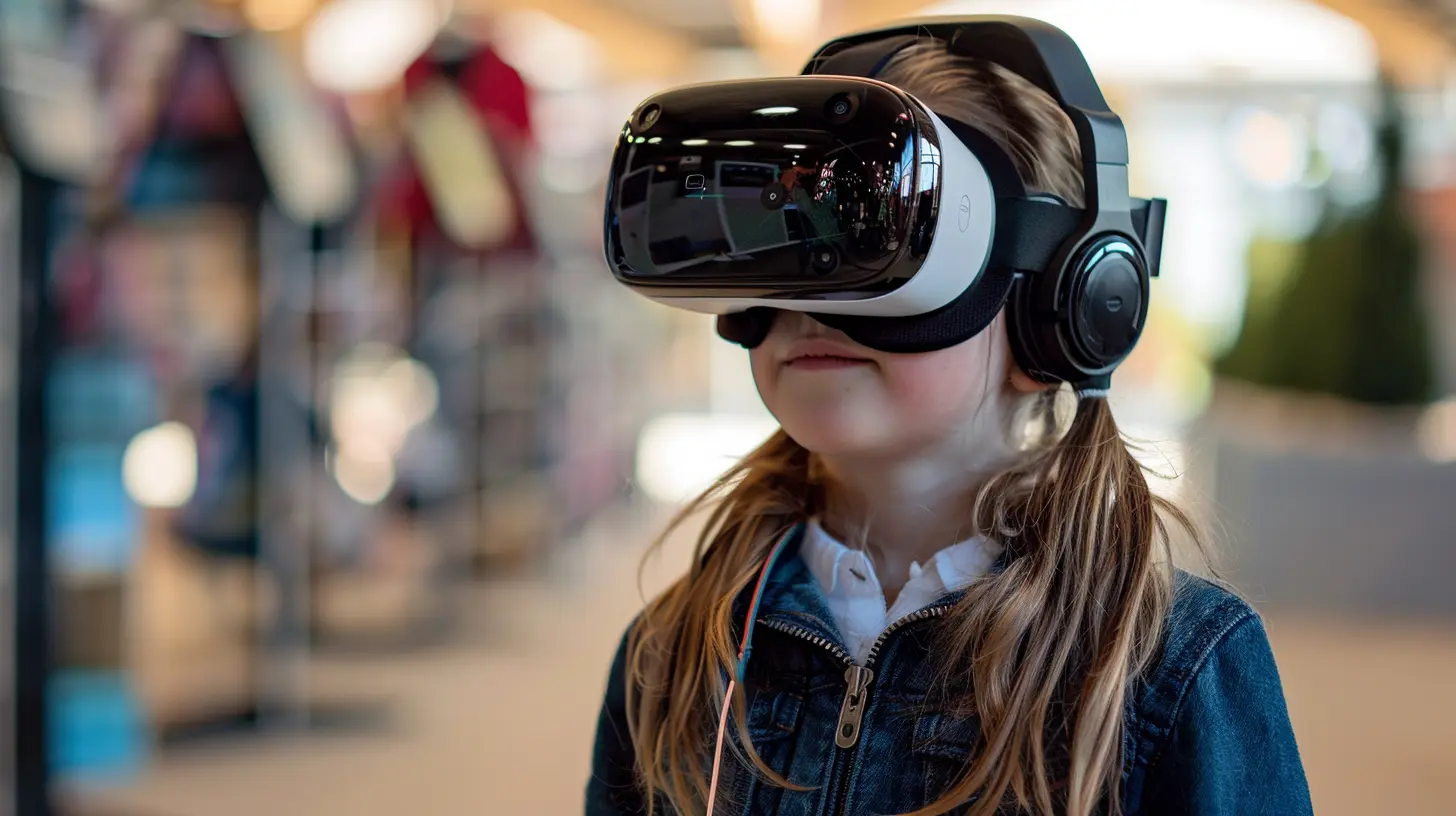
How Teachers Are Using VR Today
Let’s get practical. How is this actually being used?- History Teachers: Recreating historical events and ancient civilizations for immersive storytelling.
- Science Classes: Virtual laboratories where experiments are safe—and much cleaner!
- Geography Lessons: Flying over mountains, rivers, and ecosystems to see the world’s layout firsthand.
- Medical Training: Simulations that allow students to practice complex procedures before entering hospitals.
- Special Education: Helping students with learning disabilities engage in distraction-free, personalized environments.
Teachers are no longer just lecturers—they’re facilitators, guides, and even co-adventurers in the virtual learning journey.
Real-World Examples of VR in Schools and Universities
Google Expeditions
This educational app lets students take guided VR tours to places like the Louvre or outer space. No permission slips needed!Labster
Labster offers VR science labs to students who may not have access to fully-equipped physical labs. It’s been especially impactful during the COVID era of remote learning.zSpace
zSpace combines VR and AR to provide hands-on STEM education. Students interact with 3D models to dissect frogs, explore physics, or even build machines.Challenges and Concerns: Let’s Keep It Real
It’d be unfair to paint VR as a flawless miracle. There are challenges—and they matter.1. 💸 High Costs
Good VR hardware isn’t cheap. Schools with limited budgets may struggle to afford devices and software.But prices are gradually dropping, and many companies are developing affordable options for schools. There’s hope.
2. ⚙️ Tech Issues
Glitches, hardware compatibility, or bandwidth issues can get in the way of learning. Tech support becomes a necessity, not a luxury.3. 📉 Lack of Training
Teachers need proper training to integrate VR into their lessons effectively. Throwing headsets at educators without support won’t work.4. 👓 Health Concerns
There are concerns around motion sickness, eye strain, and prolonged headset use. Moderation and good design are key to keeping VR a healthy experience.The Role of VR in Remote and Hybrid Learning
Post-pandemic, remote and hybrid learning are here to stay. And guess what fits in perfectly? Yep—VR.While Zoom classes can feel isolating and passive, VR offers immersive environments for collaboration and engagement. You’re not just watching a screen—you’re inside the lesson.
More schools and universities are turning toward VR to make distance learning more human, more interactive, and more effective.
The Future of Virtual Reality in Education
We’ve only scratched the surface.Imagine artificial intelligence combined with VR—personalized learning environments that adapt in real-time. Or blockchain systems ensuring secure educational credentials inside VR platforms.
And how about career training simulators for pilots, engineers, or firefighters? The possibilities are endless.
Future classrooms might not have desks and chalkboards. They might look more like holodecks from Star Trek (nerdy dream come true, right?).
How You Can Get Started
Feeling inspired? Here are a few tips if you want to dip your toes into the VR learning waters:- Start with Cardboard: Google Cardboard and similar low-cost viewers are great for getting started.
- Use Free Apps: Look for free VR educational apps to experiment with.
- Grant Opportunities: Many educational grants now support tech integration, including VR.
- Collaborate: Partner with other teachers, schools, or districts to share resources and costs.
Final Thoughts: A Revolution with Heart
At its core, education is about connection—between ideas, between people, and between the past and the future. Virtual Reality isn’t just about cool gadgets; it’s about making those connections more vivid, meaningful, and accessible.Yes, there are challenges. But the potential of VR in education far outweighs the hurdles if we approach it with empathy, creativity, and courage.
We’re not replacing teachers with headsets—we're giving them superpowers.
So, whether you’re a teacher dreaming of new ways to inspire your students or a parent wondering what the future of schooling looks like—know this: the classroom is being reimagined, and it looks pretty incredible.
all images in this post were generated using AI tools
Category:
Educational TechnologyAuthor:

Zoe McKay
Discussion
rate this article
1 comments
Esther McKay
Virtual reality is not just a trend; it’s a revolutionary tool for education. Embrace its potential to engage, inspire, and transform learning experiences—because tomorrow’s leaders deserve the best today.
September 9, 2025 at 2:25 AM

Zoe McKay
Thank you for your insightful comment! I completely agree—virtual reality is indeed reshaping education and holds immense potential to enhance learning and inspire future leaders.
